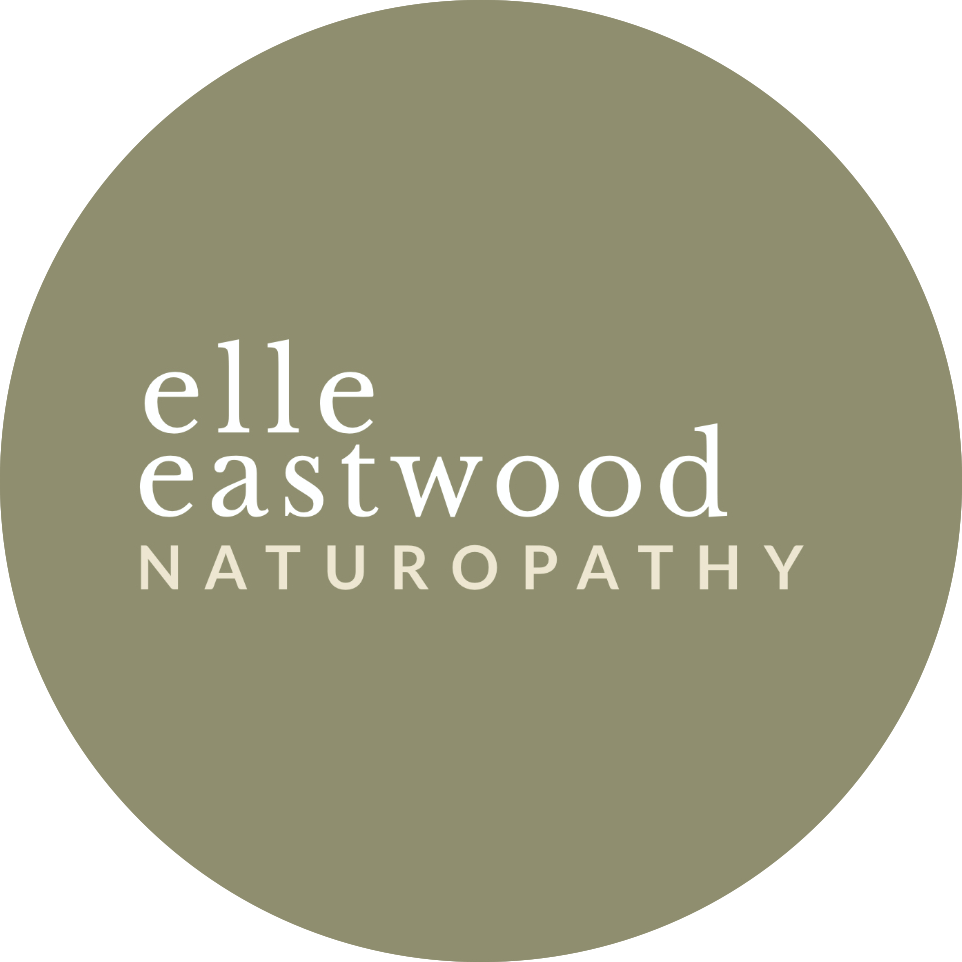Why you need your Vitamin D
Winter is well and truly alive and kicking. With the colder temperatures, comes the delightful cold and flu season. Alas, winter doesn't have to mean weeks of bedridden snot suffering. The immune system can be strengthened with a host of wonderful nutrients including (the not so humble), vitamin D. Vitamin D is so damn good, it deserves a very solid exploration.
Vitamin D is acquired by two main pathways: the sun, (where it is synthesised in the skin into it's active form), and dietary sources. Food sources of vitamin D are regarded as poor sources which don't provide sufficient levels to reach optimal daily requirements. In winter, our sunlight exposure is generally drastically reduced, creating an increased need for vitamin D. In Australia, it is estimated between 30-50% of people are deficient in vitamin D during winter.
Image via vitaminDfoods.org
The bone protecting effects of vitamin D are well recognised along with it's regulation of 1000 human genes, however more recent research shows vitamin D's potent immune enhancing effects! Researcher's believe this may have something to do with the antimicrobial peptide cathelicidin which acts as a target for vitamin D. Cathelicidin enhances the killing of pathogens by our phagocytic* cells (*these are the patrolling cells which engulf and absorb bacteria).
- A 2010 double blind study compared vitamin D supplementation with placebo in school children and concluded those taking the vitamin D were 42 percent less likely to catch influenza A- hugely significant. Note this was achieved at a dose of 1200IUs/day which is considered a relatively low therapeutic dose for vitamin D.
- Another study undertaken in 2009 evaluated nearly 19,000 people over 12 years old and found those with the highest levels of vitamin D reported the least upper respiratory tract infections (URTI). They concluded a positive correlation between low levels of vitamin D and an increased risk for URTI.
- Interestingly, a mother's vitamin D levels have also been shown to influence her newborn! Newborns who were born with vitamin D deficiency and went on to develope acute lower respiratory infections confirmed a strong, positive correlation between newborns’ and mother’s vitamin D levels. Researchers concluded the importance of mother's optimising their vitamin D levels during pregnancy, especially during winter months in order to guard their babies health.
The best source of Vitamin D is sunshine! Five to fifteen minutes of sunlight outside the hours of 10am-2pm is recommended 4-5 times a week. A quick stroll round the block or eating lunch outside are easy ways to get your minutes in. If your levels are low, supplementation may be required.
Sources:
Ginde et al 2009, Association Between Serum 25-Hydroxyvitamin D Level and Upper Respiratory Tract, Infection in the Third National Health and Nutrition Examination Survey, Jama Internal Medicine, vol. 169, no.4, pp. 384-390
Karatakin et al 2009, Association of subclinical vitamin D deficiency in newborns with acute lower respiratory infection and their mothers, European Journal of Clinical Nutrition, vol. 63, no. pp 437-477
Nowson et al 2012, Vitamin D and health in adults in Australia and New Zealand: a position statement, MJA, vol. 196, no. 11. pp. 686-687
Urashima M et al 2010, Randomized trial of vitamin D supplementation to prevent seasonal influenza A in schoolchildren, American Journal of Clinical Nutrition, vol. 91, no. 5 pp. 1255- 1260

